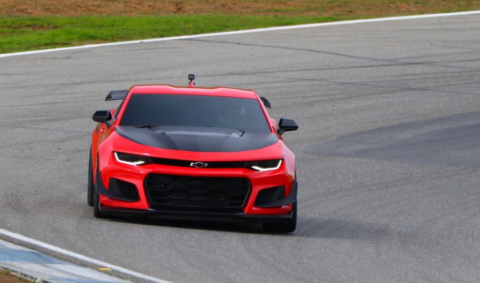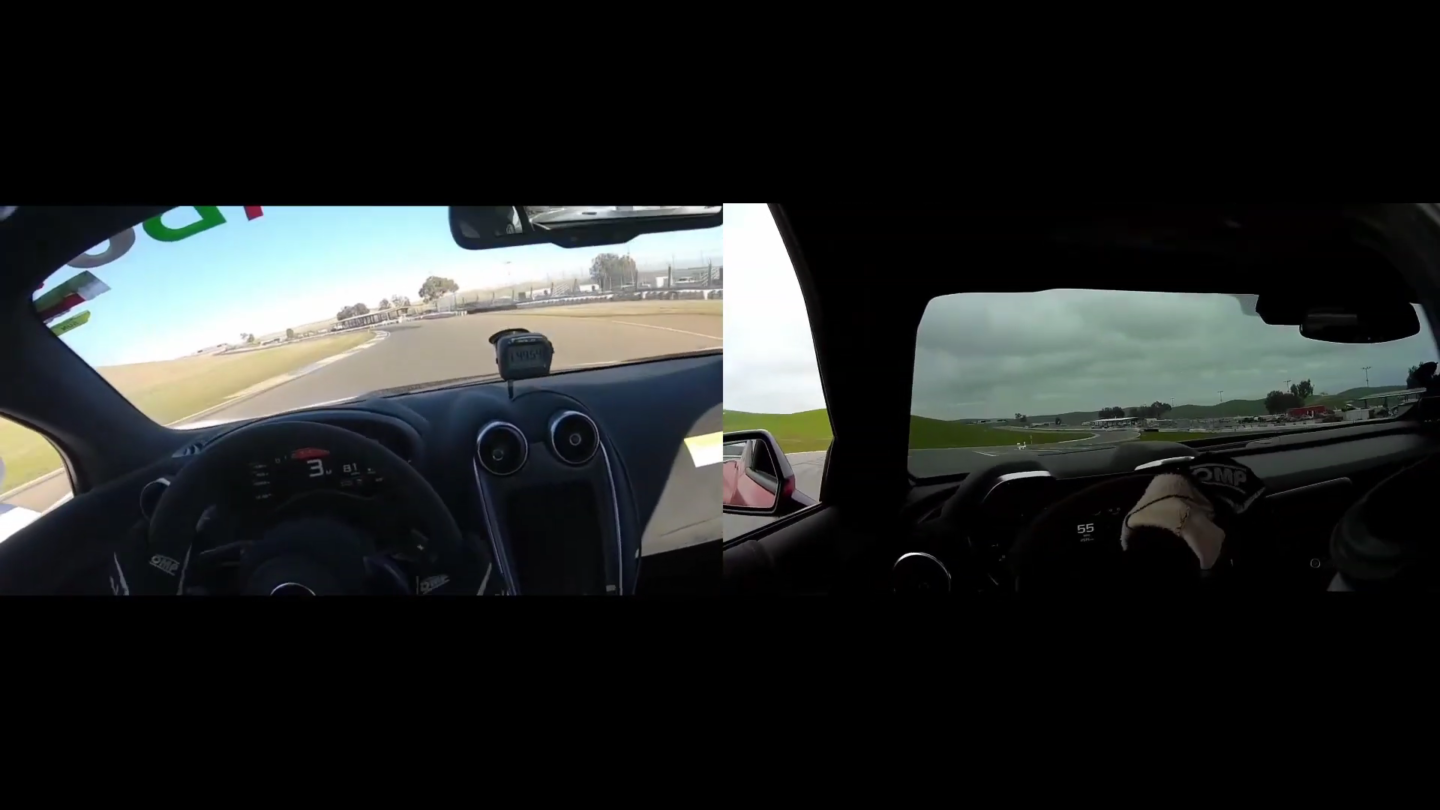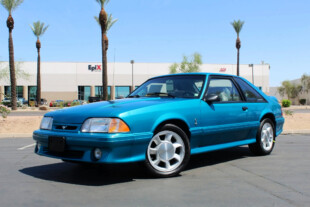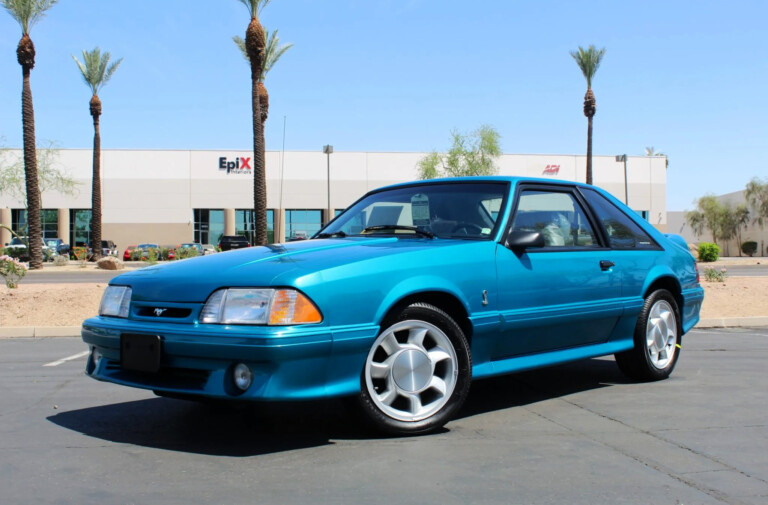Though these two might seem incomparable, the blown bruiser from Detroit and the streamlined supercar from Woking are capable of similar times at Northern California’s Thunderhill Raceway Park. Big torque, a stiff chassis, and a massive footprint aid the heavyset Chevrolet Camaro ZL1 1LE, while the McLaren 600LT benefits from a surefootedness some racing cars would struggle to match. It’s not merely a battle of power versus handling — these cars have plenty of both — it’s the way they make use of their power, exit corners, and negotiate cambers and surface irregularities that make the difference.
In the interest of a fair comparison, both cars wear the same Goodyear 3R tires, and the talented Jeffrey Cook drives both. Still, with a varied track ahead and two very different vehicles, it might be better to dissect a couple of quick laps to see precisely where these track-oriented cars differ.
Rotation and Power-Down Characteristics
The 600LT is the more agile machine, and it does most of its rotation into and through the middle of the corner. Meanwhile, it moves around under the brakes and on a trailing throttle. It puts its power down without fuss most of the time. Cook runs the traction control almost entirely off, and it maintains its composure under throttle over bumps, crests, and undulations. Note the behavior in Turn 15 (2:02).
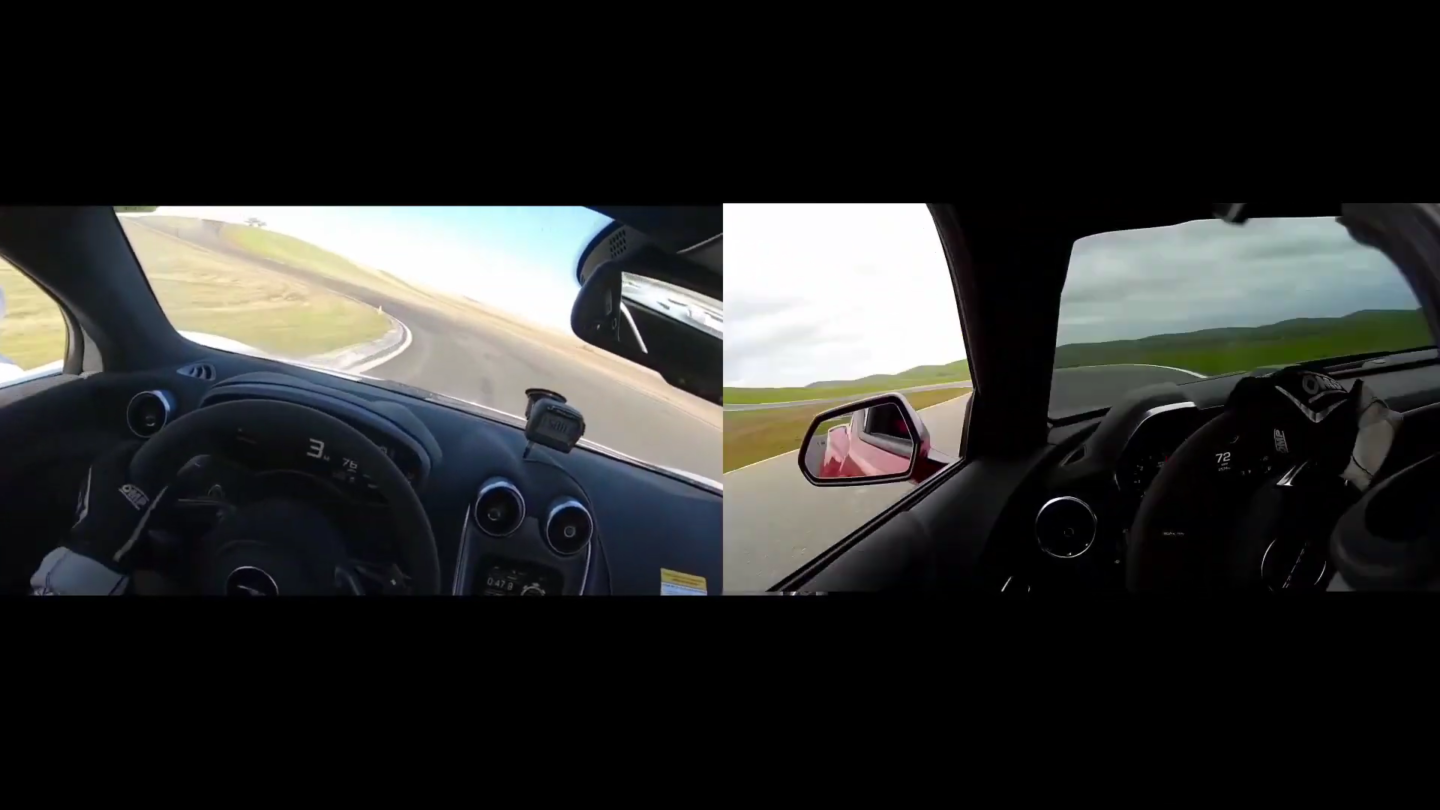
The 600LT zero-steers slightly in the quick transition between Turns 3 and 4 (3:40), which allows Cook to straighten his hands earlier.
As a traditional FR with 650 lb-ft of torque, all of which is available from 3,600 rpm, the Camaro quickly spins the rears and doesn’t have quite the dependable traction Cook can lean on. Plus, the rear suspension is much less compliant and loses traction when the road falls away (3:31).
Similarities at Speed, Superior Traction
When Cook gets into triple-digit speeds, the two cars behave somewhat similarly. “Over 90 miles per hour or so, the Camaro’s stiff suspension really helps level the playing field. It’s incredibly stable, and it gives you so much confidence,” Cook complimented. The softer 600LT is only a little faster through Turn 1; by the time they brake for Turn 2 (3:26), the 600LT is just 5 mph faster. Both are incredibly composed and reassuring through the fast stuff, and through Turn 8, the track’s fastest corner (4:19), the speeds are almost identical.
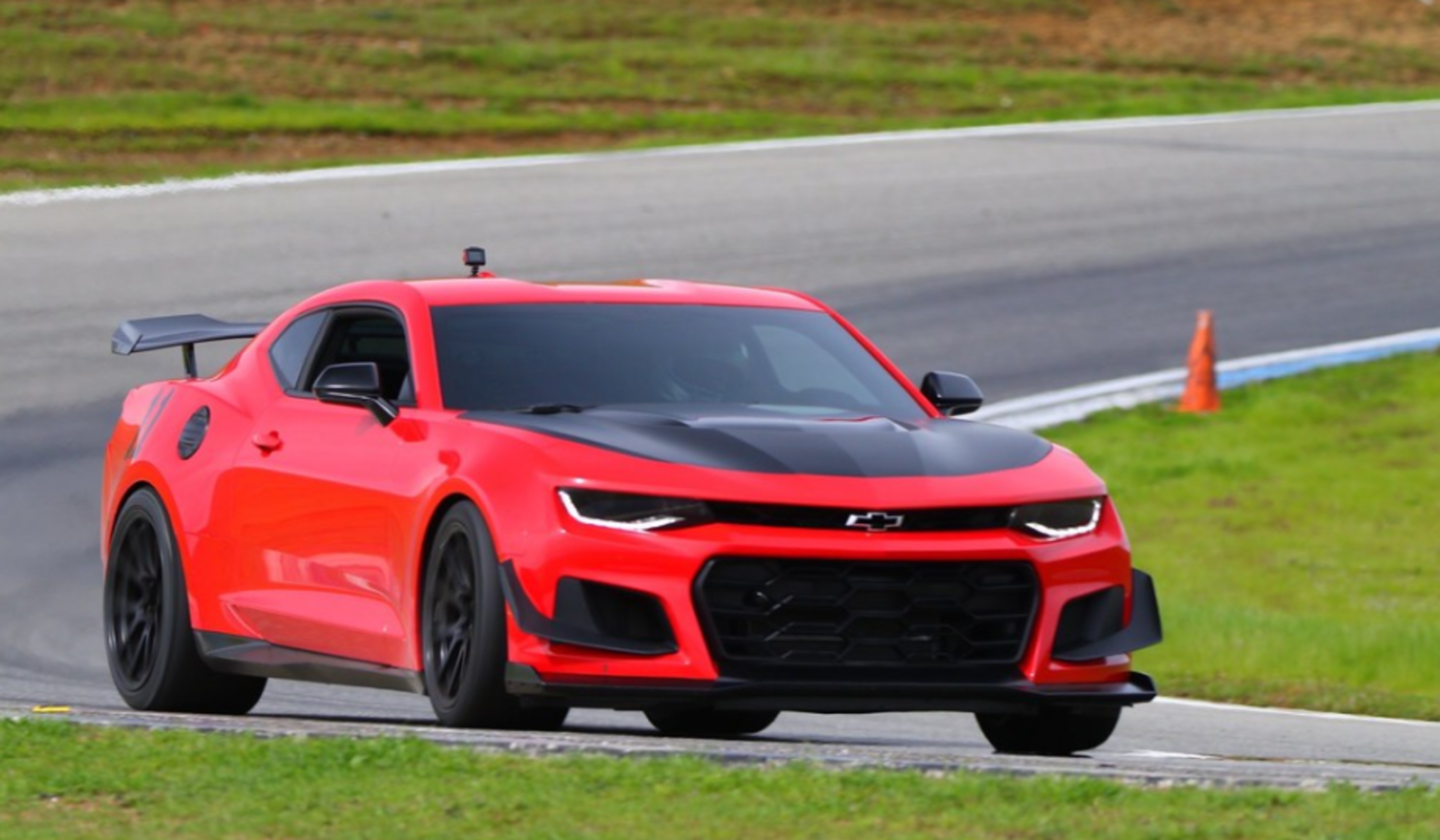
Photo credit: CaliPhotography
The combination of a quick-shifting gearbox, better traction out of slower corners, and a light body make the McLaren much quicker of the two down the straights. For reference, the 600LT pulls an extra 7 miles per hour down Thunderhill’s front straight.
The McLaren’s Best Asset
It’s not straight-line speed that is the 600LT’s greatest strength. While the Camaro might be friendlier up to 75- to 85-percent of its ability, and therefore the better car for the intermediate driver, the 600LT is the more encouraging car right at the precipice. “The McLaren is just more predictable at the limit and breaks away more gradually,” he said. “The Camaro has so much mechanical grip, but it gives up that grip abruptly.”
Bearing in mind the cornering speeds and braking distances a track-oriented supercar is capable of, it’s easy to understand how valuable it is to have a communicative and friendly chassis. It’s these traits — which perhaps aren’t discussed often enough in this world of mind-boggling statistics we live in — that give a skilled driver the confidence to push a little beyond their comfort zone. It’s been said of many focused cars, and the 600LT is no different: it gets better the faster one drives it.
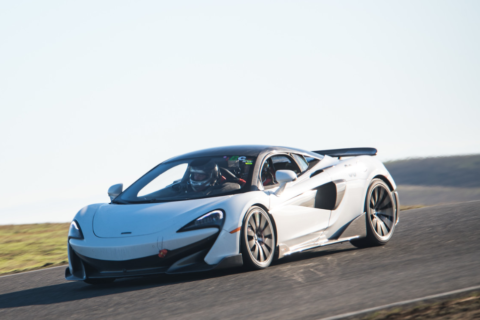
Photo credit: Sharplite Media
In the end, these differences amount to 3.5 seconds in lap time — a believable gap between a capable muscle car and a tech-heavy supercar. “Both are really impressive for different reasons,” he begins. “The McLaren is capable of a lot with skinny tires. And, the Camaro is super fast even though it’s very heavy.”
There aren’t many front-engined cars that can stay within spitting distance of a track-tuned McLaren, nor are there many supercars that perform so well with 235-section rubber in front. At the end of the day, both are stellar machines — and the ZL1 1LE is, despite its running costs, one of the best performance bargains around today.




